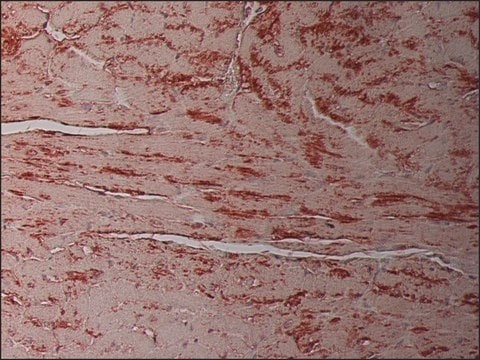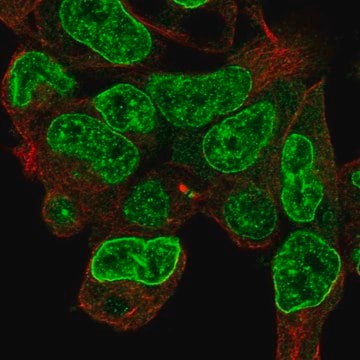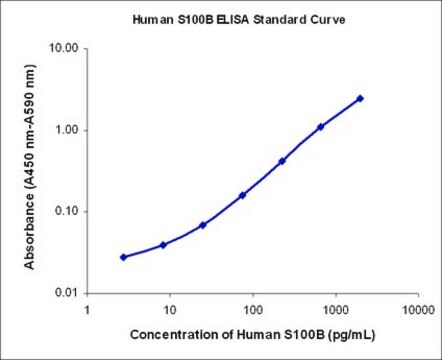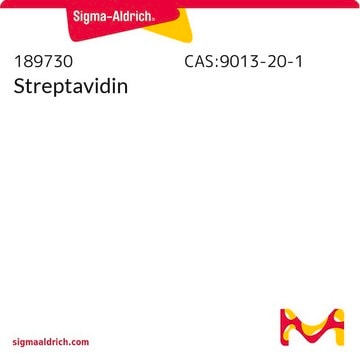T1192
Anti-Thymine Dimer antibody, Mouse monoclonal
clone H3, purified from hybridoma cell culture
Sinónimos:
Mouse Anti-Thymine Dimer, Thymine Dimer Detection, Thymine Dimer Mouse Antibody
About This Item
Productos recomendados
origen biológico
mouse
Nivel de calidad
conjugado
unconjugated
forma del anticuerpo
purified immunoglobulin
tipo de anticuerpo
primary antibodies
clon
H3, monoclonal
Formulario
buffered aqueous solution
reactividad de especies
chicken, wide range
envase
antibody small pack of 25 μL
concentración
~2 mg/mL
técnicas
capture ELISA: suitable
dot blot: 0.5-1 μg/mL
immunocytochemistry: suitable
isotipo
IgG1
Condiciones de envío
dry ice
temp. de almacenamiento
−20°C
modificación del objetivo postraduccional
unmodified
Descripción general
Inmunógeno
Aplicación
Forma física
Otras notas
Patents WO87/01134, EP 0233 177 B1
Cláusula de descargo de responsabilidad
¿No encuentra el producto adecuado?
Pruebe nuestro Herramienta de selección de productos.
Código de clase de almacenamiento
12 - Non Combustible Liquids
Clase de riesgo para el agua (WGK)
WGK 2
Punto de inflamabilidad (°F)
Not applicable
Punto de inflamabilidad (°C)
Not applicable
Elija entre una de las versiones más recientes:
Certificados de análisis (COA)
¿No ve la versión correcta?
Si necesita una versión concreta, puede buscar un certificado específico por el número de lote.
¿Ya tiene este producto?
Encuentre la documentación para los productos que ha comprado recientemente en la Biblioteca de documentos.
Nuestro equipo de científicos tiene experiencia en todas las áreas de investigación: Ciencias de la vida, Ciencia de los materiales, Síntesis química, Cromatografía, Analítica y muchas otras.
Póngase en contacto con el Servicio técnico






